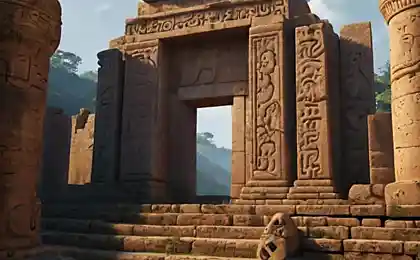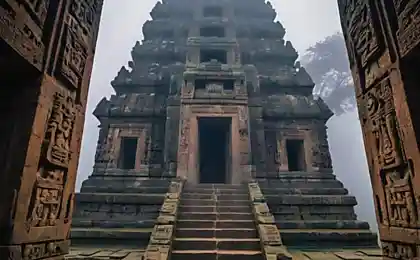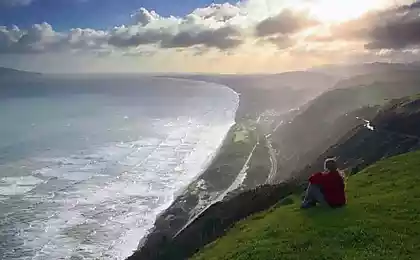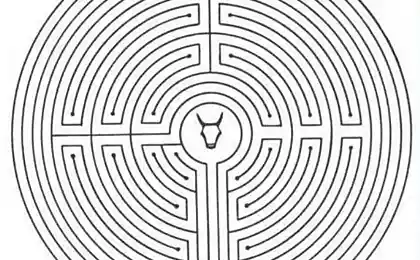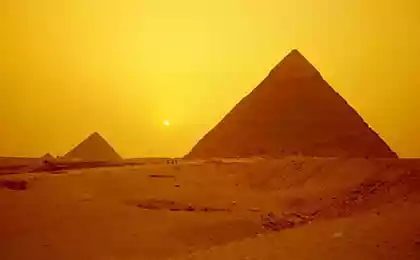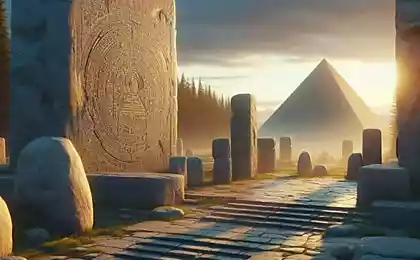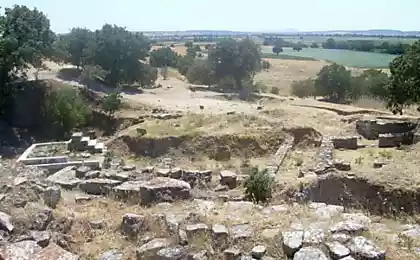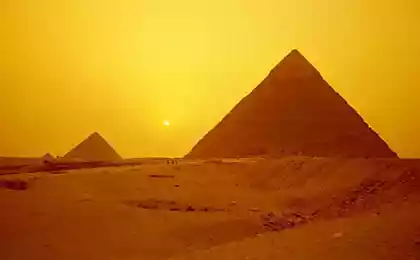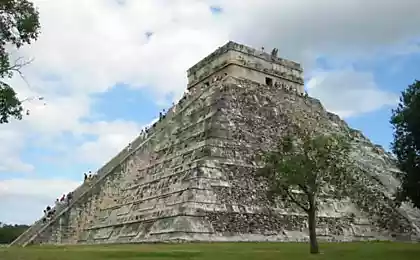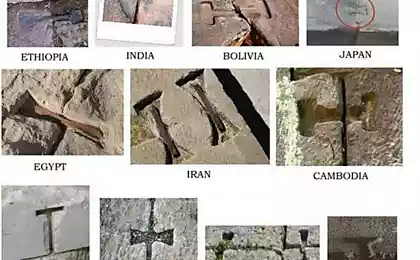257
Secrets of Ancient Civilizations: What We Don’t Know About Them

Introduction. Human civilization has thousands of years of history, but even with the development of
In archaeology, linguistics and technology, we continue to face puzzles that question our future.
understanding the past. How did people build megalithic structures without modern tools? Why are some
Did ancient cultures disappear so suddenly? What technologies could be used in ancient times? This article
An overview of the most mysterious unsolved questions associated with ancient civilizations.
1. Gobekli Tepe: The Temple That Should Not Exist
One of the most mysterious discoveries of the XX century was the discovery of the Göbekli Tepe complex in modern Turkey.
This megalithic temple complex was built around 9600 BC, making it older than the Egyptians.
pyramids and even Stonehenge. What makes him so mysterious?
- At the time of its creation, people, according to traditional historical science, could not build such complex structures.
They were hunter-gatherers. - The columns, decorated with animal bas-reliefs, weigh tens of tons, but it is unknown what tools could have been used.
Use ancient builders. - Why was there a temple when there were no settlements?
Archaeological research suggests that Göbekli Tepe may have been a place of rituals, and possibly evidence.
Ancient civilizations were more advanced than we think. However, his exact assignment remains.
Unknown.

2. Disappeared civilizations: where did they go?
History knows many examples of the mysterious disappearance of ancient civilizations. Among the most famous civilizations
Maya, Mohenjo-Daro and the mysterious peoples who built cities in the Nazca desert.
Mayan civilization
The Maya were one of the most prominent civilizations of pre-Columbian America. They built great temples, designed them.
They had a unique writing system and had extensive knowledge of astronomy. However, around the ninth century AD they left.
their cities.
Disappearance theories:
- Depletion of natural resources due to excessive agriculture.
- Political conflicts and internal wars.
- Climate change and prolonged droughts.
While none of these theories are definitive, new research suggests that a comprehensive approach to
Factors including climate change and social upheaval could play a key role.
3. Nazca Lines: A Message from the Past
In the Peruvian Nazca desert are giant geoglyphs, created, presumably, between 500 BC. e.
and 500 AD. These drawings, which can only be seen from a height, are figures of animals, people.
and geometric patterns.
What do we know about them?
- They could be used for ritual purposes or as an astronomical calendar.
- Some researchers suggest that the lines point to water sources.
- Their creation required precise knowledge of proportions and orientation.
One of the most popular theories is that the lines served as routes or landmarks.
For ritual processions related to the worship of gods.
4. The mystery of the pyramids: chance or lost technology?
The Pyramids of Egypt, the Pyramids of Mesoamerica, the Pyramids of China and even Bosnia – Is it Possible That Different Civilizations Are Different?
Have they come to the same architectural form?
Common features of ancient pyramids:
- Accurate mathematical proportions.
- Astronomical orientation.
- Using megalithic blocks.
For example, the Great Pyramid of Giza is oriented to the cardinal points with incredible accuracy, and mathematical
The proportions of its design correspond to the number "pi". How and why did ancient builders achieve such precision?
It remains an open question.

5. Ancient Technology: Forgotten Knowledge?
In many parts of the world, archaeologists find traces of technology that do not correspond to the level of development of that era.
Some of the mysterious artifacts:
- The Antikythera Mechanism (Greece) - a complex mechanism made of bronze, dating from the II century BC. e.
It could be used for astronomical calculations. - vimana (India) - references in ancient texts about aircraft.
- Stone blocks in Puma Punku (Bolivia) - high-precision granite plates treated with
incredible precision.
There are hypotheses that ancient civilizations may have possessed lost stone cutting technology or knowledge.
Physical processes that facilitate heavy construction.
Conclusion
Ancient civilizations have left behind many mysteries that modern scientists continue to explore.
Each new archaeological discovery forces us to reconsider the established theories and to think:
How far have our ancestors come to understand the world?
Perhaps in time we will unravel the mysteries hidden in the megaliths, manuscripts and ruins of ancient cities. Until then.
We can only admire their engineering achievements, complex writing systems and rich cultural background.
heritage.
Which of these mysteries seems to you the most interesting? Leave your thoughts and hypotheses in the comments!
Life hacks from the past: how grandma methods overtook modern technology
Why 10,000 Steps a Day is an Outdated Myth and Walking is the Medicine of the Future

